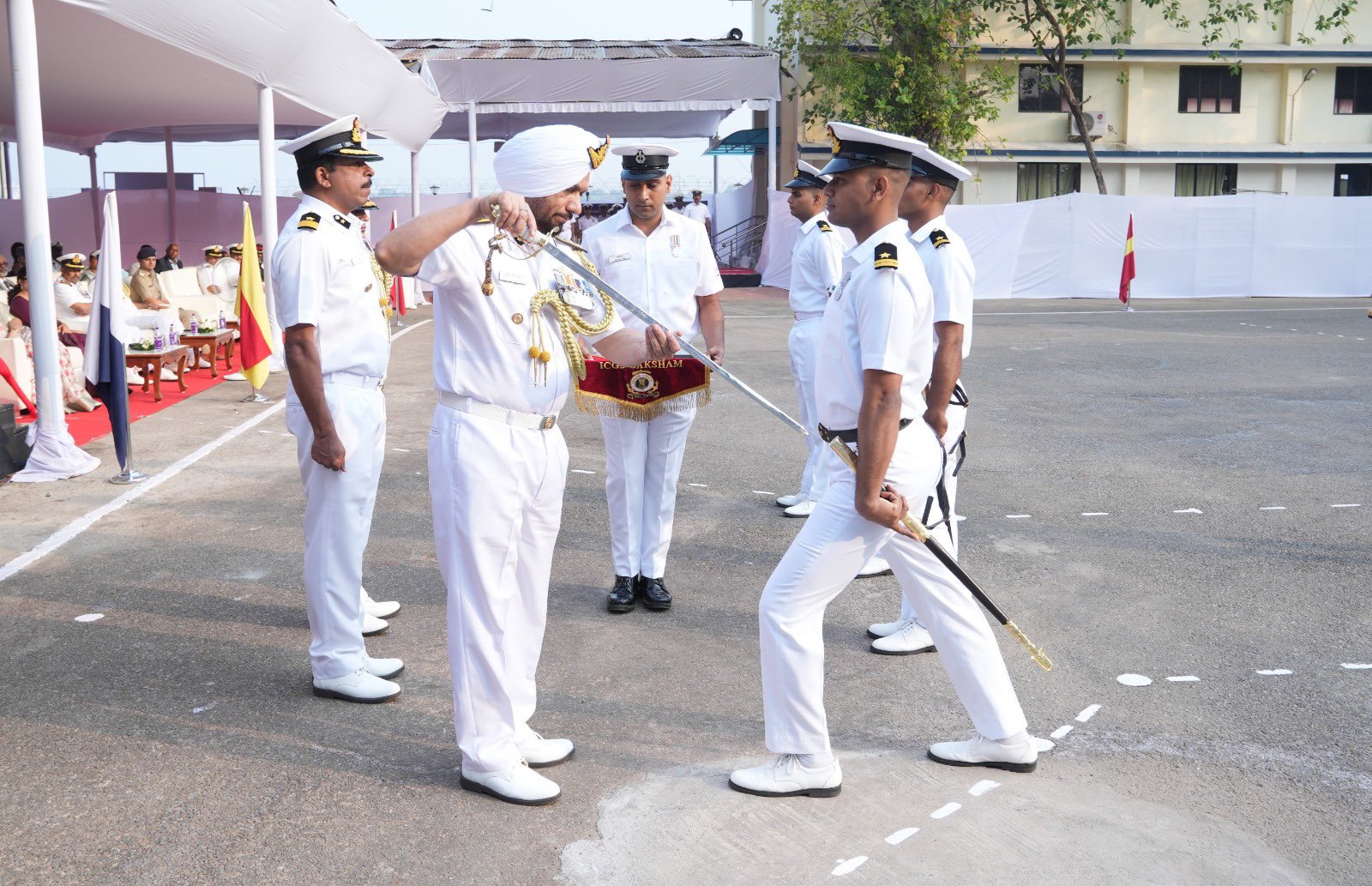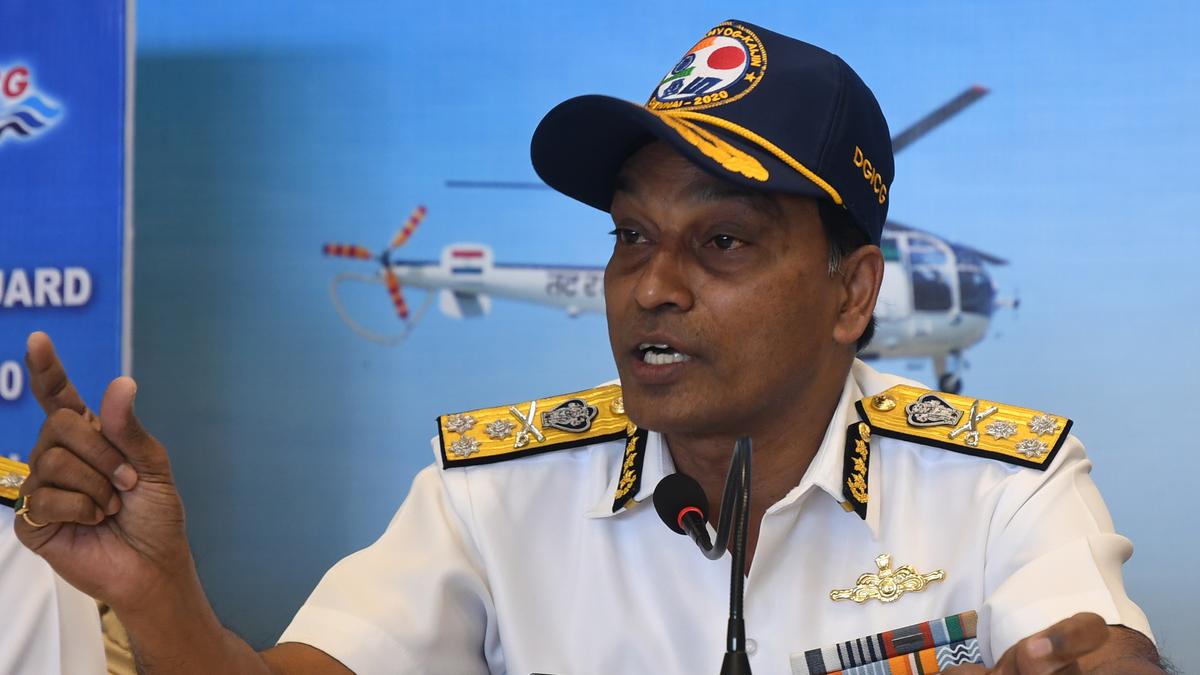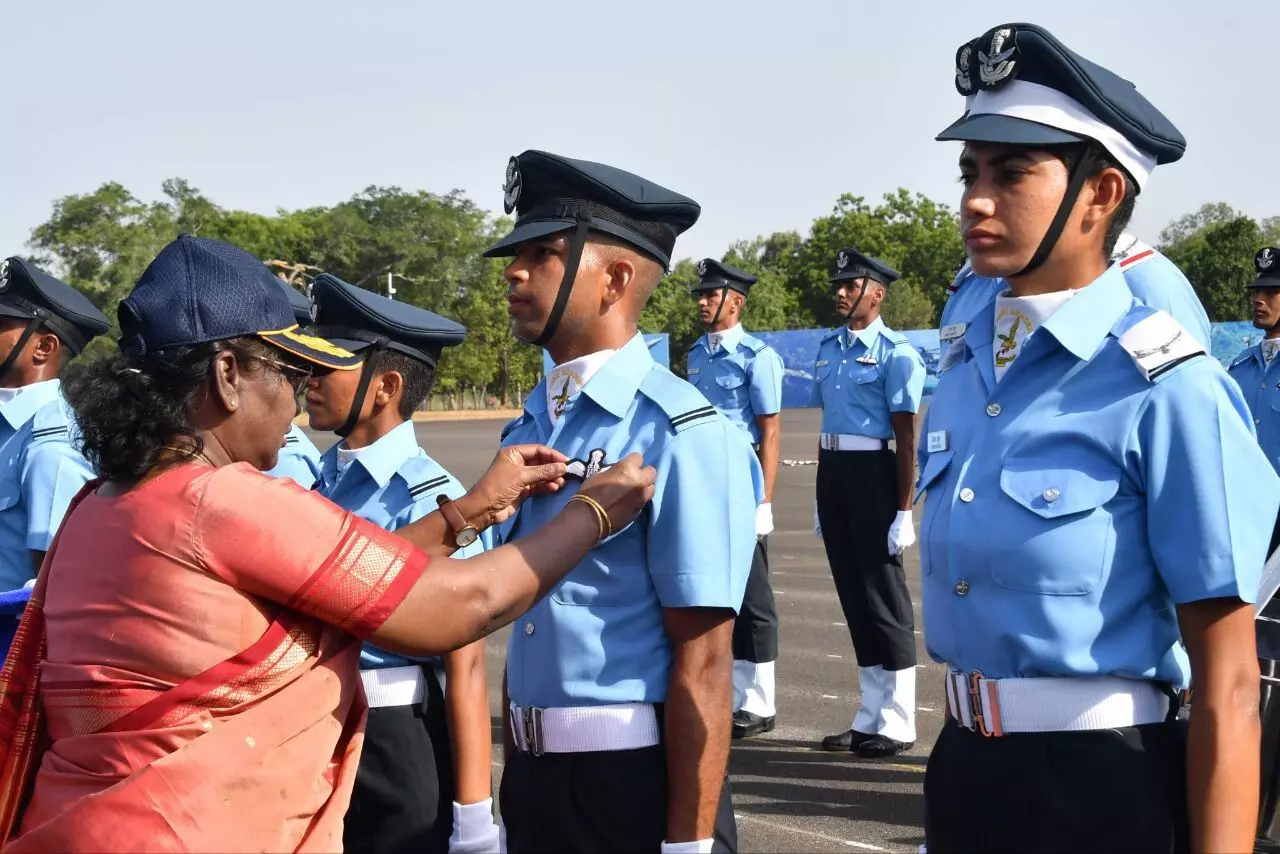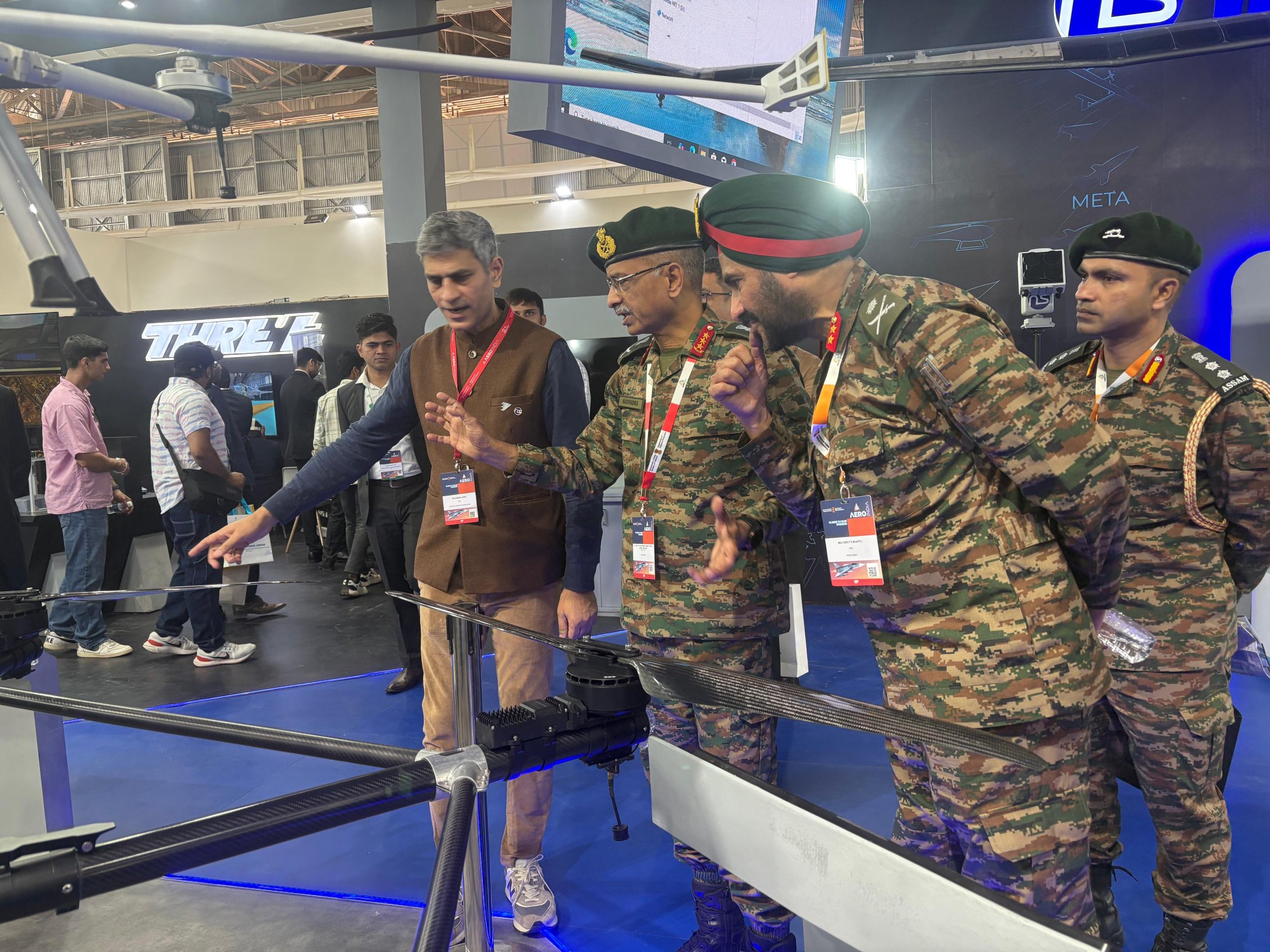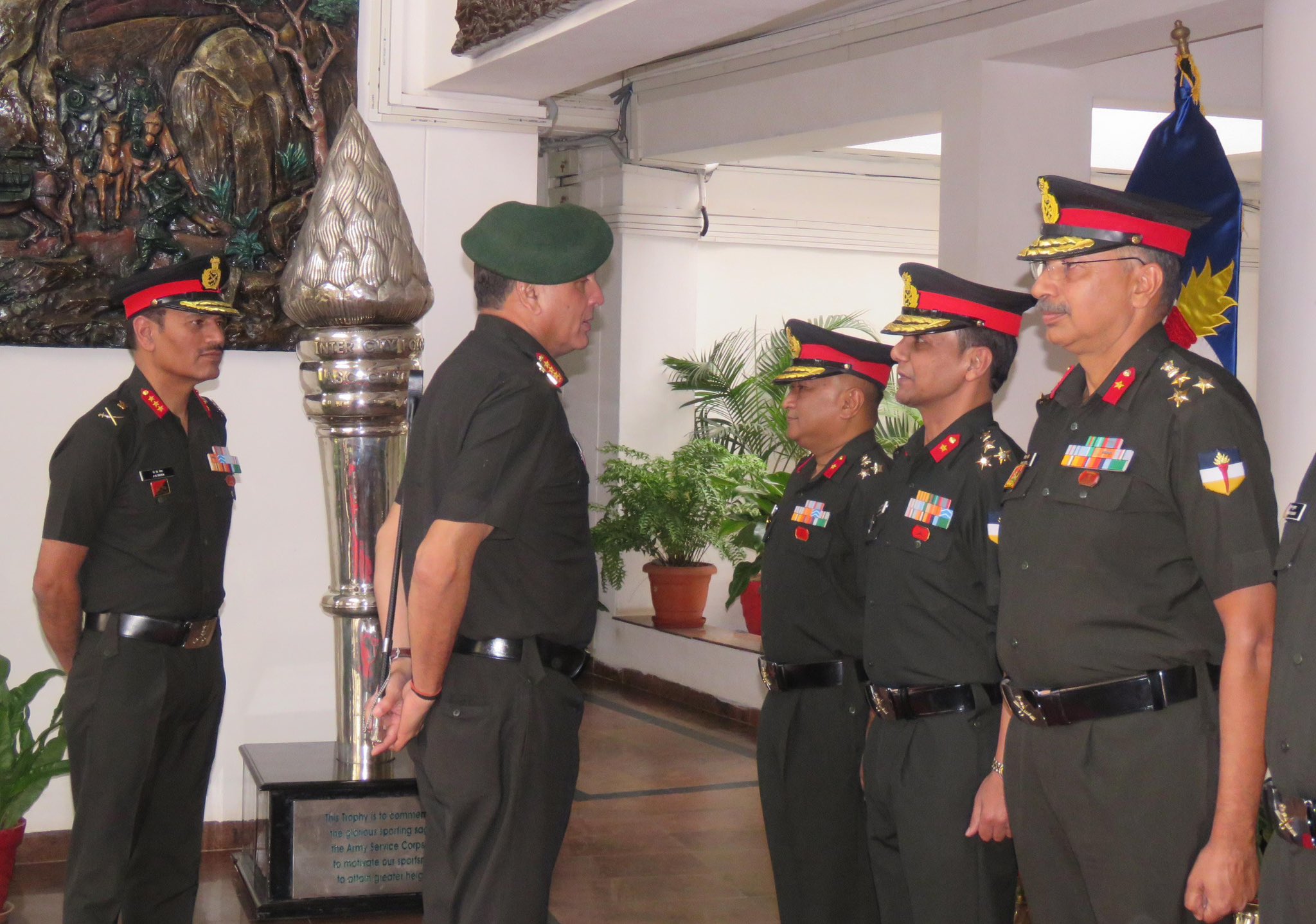Blazing Skies Brigade Conducts All Arms Aircraft Recognition Cadre
In a focused effort to enhance operational readiness, the Blazing Skies Brigade recently organized an All Arms Aircraft Recognition cadre…
Passing Out Parade of 78th & 79th Batch of Indian Coast Guard Officers Held in Kochi
The Passing Out Parade (POP) of the 78th and 79th batch of Indian Coast Guard (ICG) Officers, marking the successful…
CBI Books Ex-Indian Coast Guard DG K Natarajan
The Central Bureau of Investigation (CBI) has registered a case against former Indian Coast Guard Director-General K. Natarajan and unknown…
AFCAT 1 2025 Admit Card Out Now
The Indian Air Force (IAF) has released the AFCAT 01/2025 Admit Card for the upcoming Air Force Common Admission Test.…
Lt Gen MV Suchindra Kumar Reviews Technological Advancements at Aero India 2025
Lieutenant General MV Suchindra Kumar, Army Commander, Northern Command, conducted a comprehensive review of the latest technological advancements showcased at…
Lt Gen Dhiraj Seth Conducts Annual Inspection of Army Service Corps Centre & College Bengaluru
Lieutenant General Dhiraj Seth, Army Commander, Southern Command, conducted the Annual Inspection of the prestigious Army Service Corps (ASC) Centre…


